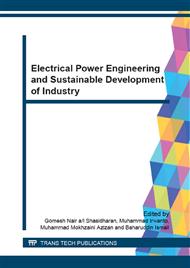p.615
p.620
p.625
p.630
p.637
p.642
p.647
p.652
p.657
A Management Guide for Determination of Optimal Buffer Allocation in Unpaced Production Line Using 6 Steps OBA
Abstract:
This paper deals with a buffer allocation problem in unpaced μ-unbalanced production line. Unpaced line is referred to a line with workstations act independently and the material is not pulled by demand but in push mode. In this study, the production line is considered unpaced, μ-unbalanced but reliable. Mean processing time (μ) is the most difficult variable to fix constant in an actual production line due to the complexity of assembly process. The unbalance variance will become higher if the assembly process is more complex. The optimal buffer allocation need to be found for this particular type of production line so that it can maximize throughput rate and minimize total number of work-in-progress (WIP) on the line. This paper used a simulation method to simulate the throughput rate by given sets of buffer size. Based on the simulation results, a basic optimal buffer allocation (OBA) concept represented the characteristics of OBA for a production line was summarized. By applying the concept, a development of 6 Steps OBA tool is carried out. This tool could be utilized by a management in allocating the buffer during designing of the line layout.
Info:
Periodical:
Pages:
637-641
Citation:
Online since:
September 2015
Price:
Сopyright:
© 2015 Trans Tech Publications Ltd. All Rights Reserved
Share:
Citation:


